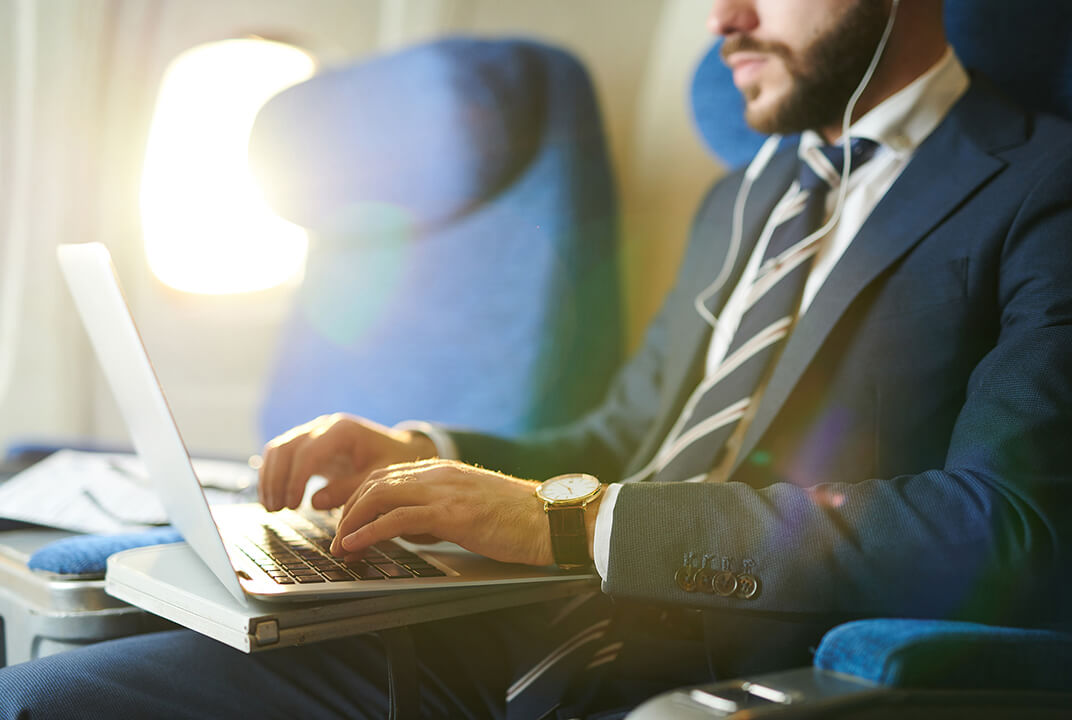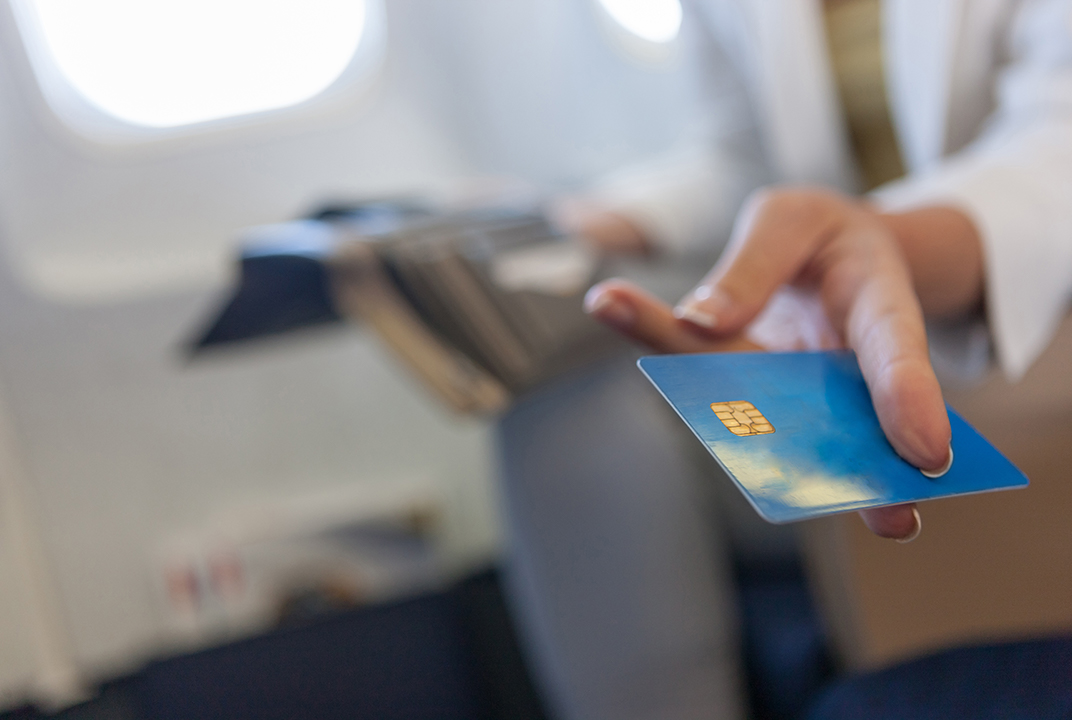Passenger Experience Survey 2023
Passengers will simply no longer accept being digitally unconnected.
Over the past decade, the world’s leading airlines have recognised that inflight connectivity is fundamental to enhancing their passenger experience. This new mindset has been born from a wider digital revolution, which has completely redrawn society and created a new type of aviation passenger. One that is digital, always-on and believes that inflight broadband is a must-have, rather than a nice-to-have.
Passenger experience, then, is nothing without digital transformation. And the events of recent global pandemics have only served to underline this. As such, the value of predictable, resilient and seamless connectivity has increased.
The importance of high-speed, consistent inflight Wi-Fi
It’s never been more important for people to keep in touch. As the influence of digital technology is here to stay, reliable high-speed connectivity will remain critical to the new relationships that airlines are forming with their passengers.
In addition, recent trends have suggested that easy-to-use, free inflight Wi-Fi could become even more prominent and help to enhance take-up rates.
Competitive advantage for airlines with comprehensive digital offerings
In a world where airlines are having to reset and passengers are faced with new choices, the aviation industry has an opportunity to redefine its relationships with customers.
There is an increased expectation of personalised services – something that rises in importance for younger flyers who eschew traditional airline loyalty schemes in favour of those carriers that best meet their digital demands. As a result, those airlines that meet modern day expectations are in line to capture a lucrative and vocal market.
Inflight passenger interactions will generate invaluable data
Digitalisation and the accumulation of deep, meaningful data will allow airlines to deliver a more focused, personalised and cost-effective experience to passengers. And with the need to preserve margins even more critical than before, it will also enable savvy carriers to bypass intermediaries that have fragmented the airline-passenger relationship. Direct relationships with customers will be key when it comes to passenger loyalty and brand reputation.
Some smart and innovative airlines are already doing this and those that get it right will drive greater loyalty, personalisation and, ultimately, revenue.
Related services
Connected services allay any passenger safety concerns
In the wake of COVID-19, safety remains at the foremost in passengers’ minds. Connectivity is a great way of reassuring passengers that their safety is paramount. Airlines can demonstrate their appreciation of a ‘new normal’ by focusing on areas such as robust traceability, the proliferation of biometric check-ins, and more widespread contactless interactions. And of course connectivity enables passengers to simply message their friends and family – something they value more than ever right now.
Connectivity provides an opportunity for a faster profitable recovery
The general consensus among aviation experts is that the sector is roughly three years away from a full recovery – this is certainly the timeline that the International Air Transport Association is forecasting.
In this scenario, passenger experience only assumes greater importance. The relationship between airlines and their passengers is key to maximising revenue and market share. This means that airlines that prioritise high quality connectivity – and the connected and personalised services that depend on this high-speed broadband – will have a competitive advantage and may even achieve profitable recovery faster.

